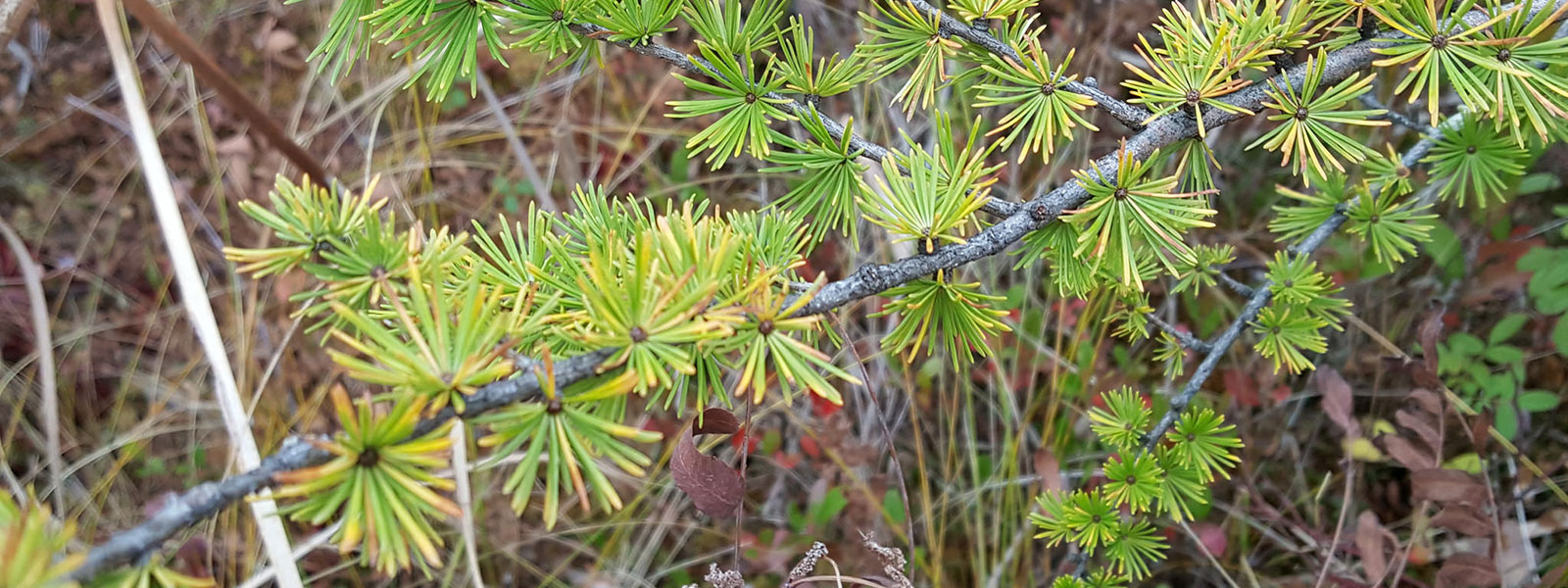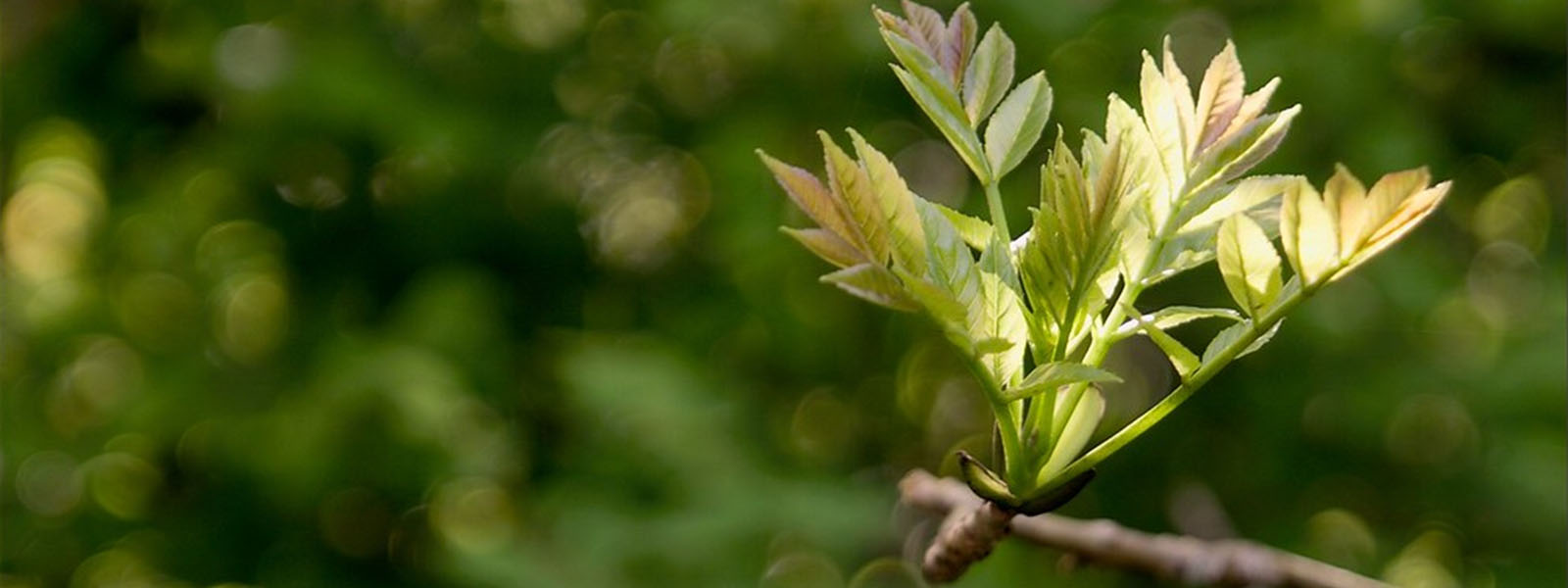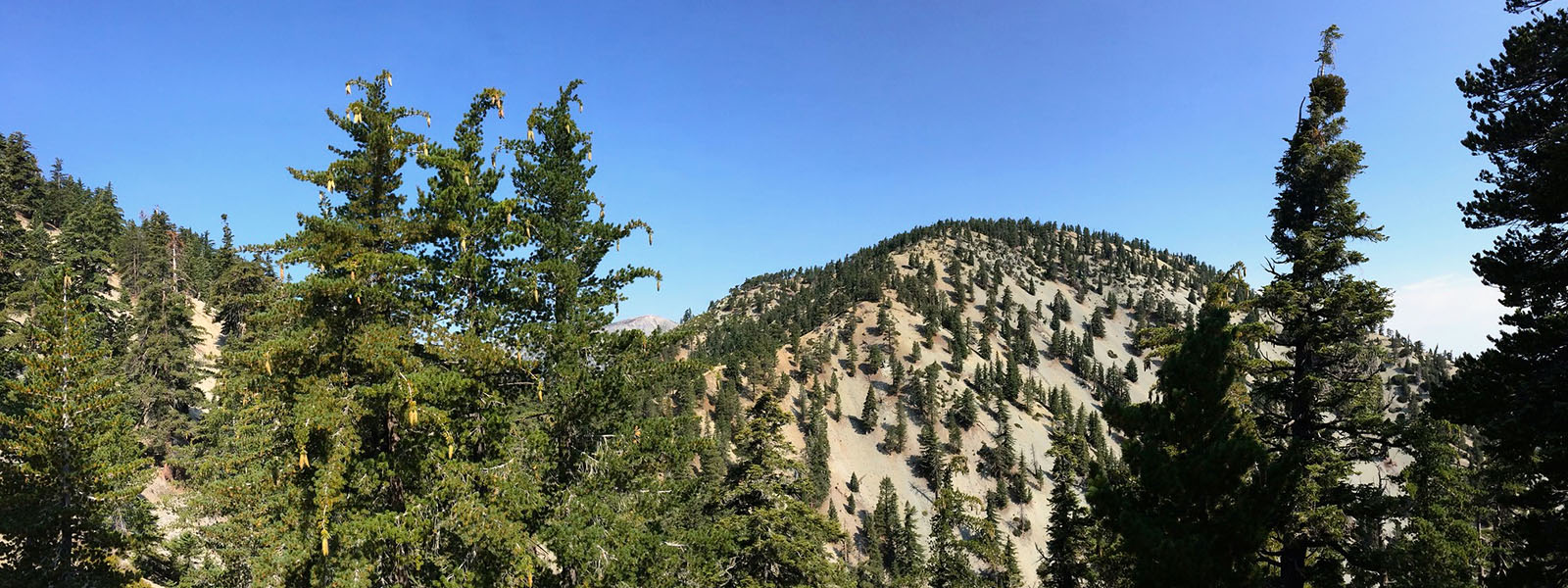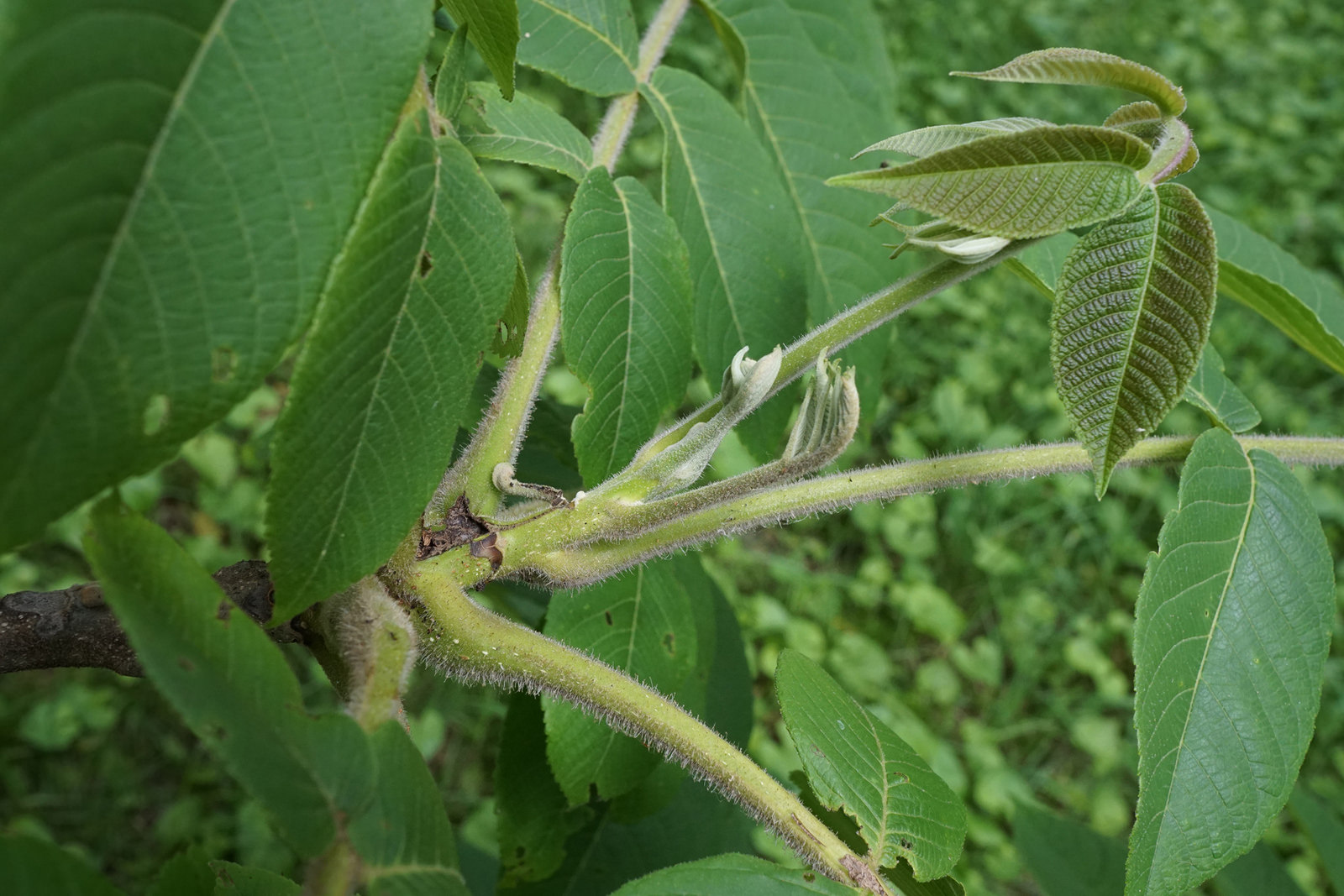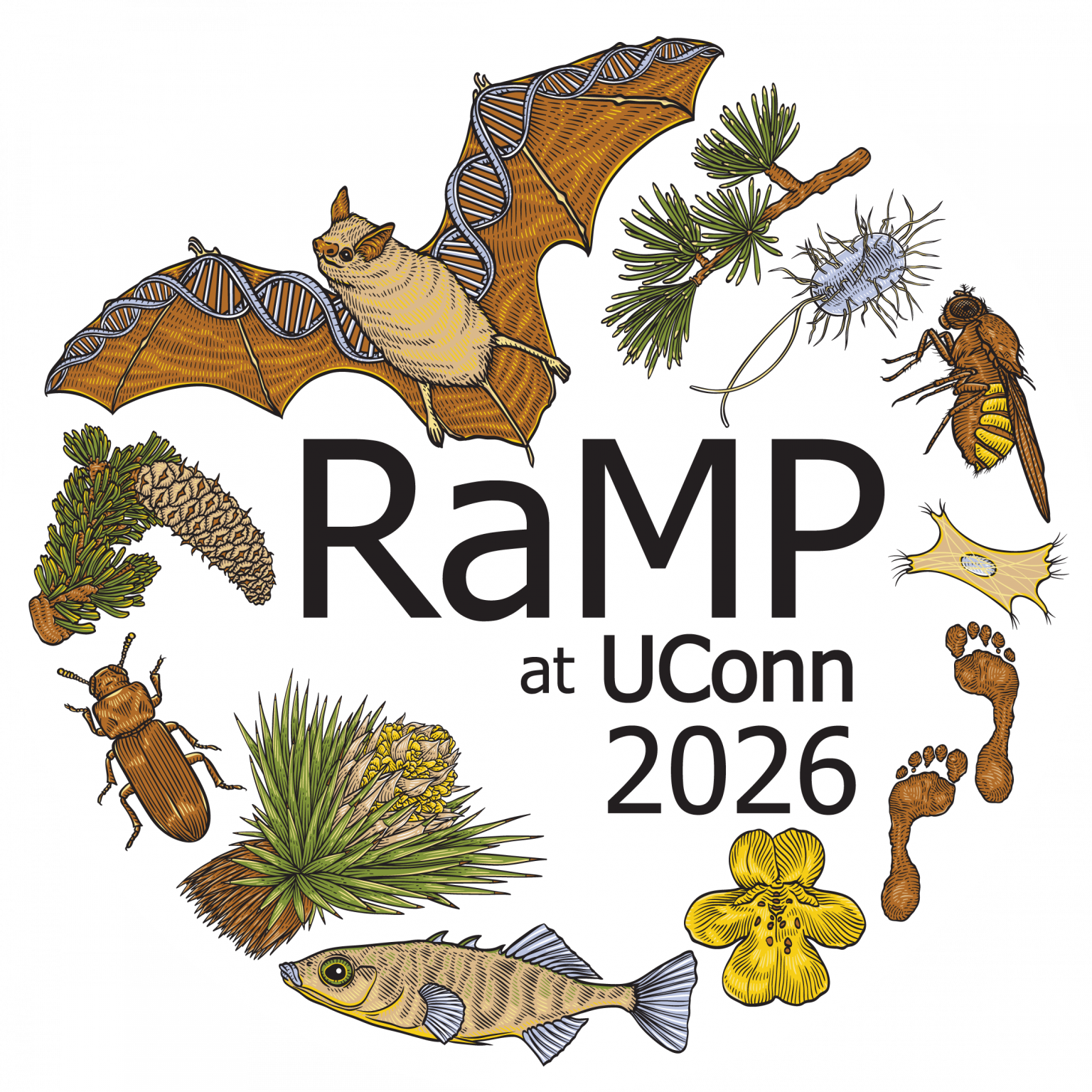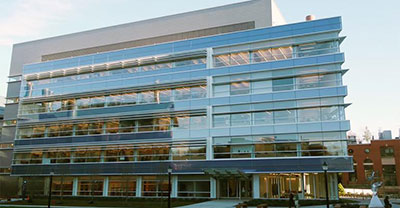The Biodiversity & Conservation Genomics (BCG) Training Program in the Institute for Systems Genomics (ISG) prepares students to understand how to address conservation challenges using genomic tools. Through a cohort-based model, trainees work on various aspects of the pipeline, from field sampling and experimental design, to sequencing, genome assembly/annotation, and population/landscape genomics. All aspects of the project are connected to agencies invested in applying genomic tools to conservation or biodiversity related challenges.
The program combines training sessions (R/Python, reproducible workflows, open data, data viz), project-based mentorship with ISG/CBC faculty, and hands-on use of UConn’s high-performance computing resources. Trainees engage with agency and NGO partners, contribute to open datasets and tools, and communicate results via posters, talks, and manuscripts. This program is open to undergraduate students from the life sciences, computer/data science, and related fields, BCG emphasizes collaboration, inclusivity, and open science, to prepare students for a career in conservation genomics. Learn more
here.


